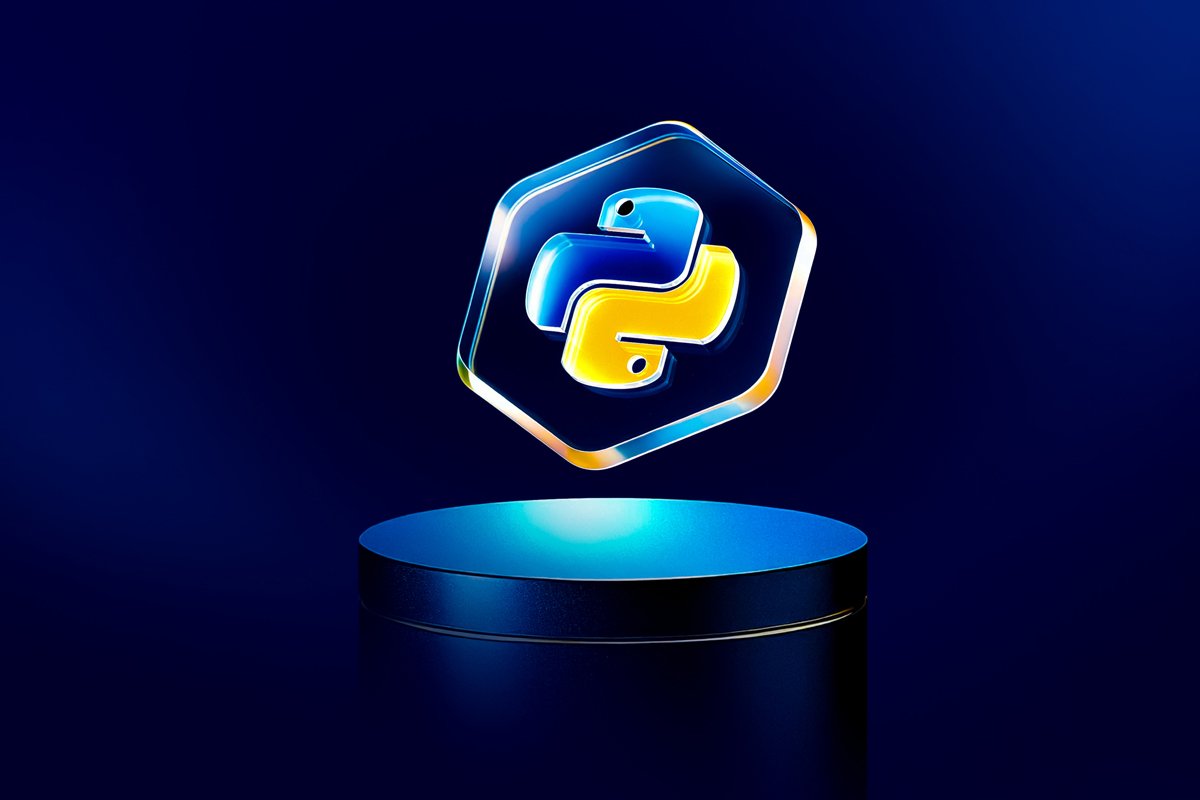Home Web & Software E-commerce SEO: How to Rank Your...
Read MoreThe High-Performance Python Superset for AI

Introduction
Why Do We Need a Superset of Python?

The simplicity, readability, and vast ecosystem of libraries are the highlights of Python language. It is a go-to language for researchers and developers, but it lacks in performance-heavy tasks. Modern AI is developing day by day, which demands faster training, real-time inference, and seamless scalability across GPUs, TPUs, and even distributed clusters. A Python Superset for AI is needed to meet all these requirements by preserving Python’s approachable syntax by adding high-performance features.
Key challenges are:
• Global Interpreter Lock (GIL): It limits true parallel execution.
• Dynamic Typing: Executes more slowly than statically typed languages.
• Interpreter Overhead: Makes Python slower for large-scale numeric and data-heavy tasks.
The superset can:
· Unlock multi-core and GPU acceleration without external hacks.
· Combine Python’s ease of use with C/C++-level execution speeds.
· Ensure compatibility with Python libraries, preventing ecosystem lock-in.
· Offer memory-efficient, scalable solutions for massive datasets.
Python superset is not to replace Python, but it is designed for the AI era with high-speed computation, scalability across clusters, and efficient GPU/TPU integration.
Features of a High-Performance Python Superset for AI

Performance-first execution
· AOT/JIT compilation to native code (LLVM/MLIR backends) for C/C++-class speed.
· Static/gradual typing to reduce slowdown typing from dynamic typing and makes critical operations faster.
· Automatically optimize tensor operations with Vectorization & SIMD.
· Kernel fusion merges several operations into a single step.
GPU/TPU acceleration
· Built-in support for first-class CUDA/ROCm/Metal and TPU targets; no glue code.
· Unified tensor runtime (BF16/FP8/FP16/TF32/INT8) with automatic mixed precision.
· Custom kernels in Python-like syntax compiled directly into efficient device code.
True parallelism – no Global Interpreter Lock
· Thread-level, task-parallel, and data-parallel constructs that scale across multiple CPU cores.
· Asynchronous I/O integrated with computation using streams and events.
· Lock-free methods and actor patterns to avoid contention.
Distributed by design
· Single-line multi-node scaling using different methods like DDP, pipeline parallelism, tensor & expert sharding.
· Using NCCL/RCCL backends for operations like all-reduce and all-gather.
· Elastic training, which handles the fault-tolerant restarts and autoscaling.
Memory & I/O efficiency
· Zero-copy views over NumPy/PyTorch buffers also work smoothly with DLPack for compatibility.
· Pinned/page-locked memory and unified memory hints speed up data transfers.
· Pooled memory, arena allocators, and liveness-based garbage minimization to reduce waste to manage faster.
Real-World Benefits for AI Practitioners

The high-performance Python Superset for AI offer powerful real-world benefits in the AI ecosystem. It can run larger and complex models on the same hardware with less energy, improve workloads, and adaptability of AI workloads. The innovation saves costs and builds sustainable AI solutions.
Researchers
Researchers can experiment quickly with simple Python code while running them at near-C++ execution speeds.
Data Scientists
They can handle terabytes of data in real-time without worrying about Python’s execution slowness, which enables smoother analysis.
AI Engineers
AI engineers can deploy scalable, high-performance AI solutions in production with low infrastructure costs.
Enterprises
They benefit from shorter training cycles, which means faster innovation and quicker time-to-market for AI products ahead of the competitors.
Examples of Emerging Python Supersets

Several projects and languages are being developed as “Python supersets”. Notable emerging Python supersets are:
• Mojo – Python with C-level performance combines Python’s simplicity and speed. It supports strong typing and parallelism with an AI-first design.
• Cython – A Python superset that integrates C/C++ to improve performance for critical modules. Also, the developers can write Python-like code for typing and compiling.
• Numba – Use Just-In-Time compiler to speed up Python functions by translating them to optimized machine code. It gives nearly C-speed without leaving the Python syntax.
• Codon – A high-performance Python superset that arranges Python code to native machine code. It optimizes compute-intensive workloads like bioinformatics, data science, and machine learning.
• Taichi – It is designed for high-performance simulation and graphics. It allows writing Pythonic code that compiles into optimized GPU/CPU kernels for tasks like physics simulations, rendering, and computational math.
• PyPy – Without adding new syntax, PyPy is a faster runtime/interpreter for Python that improves execution speed through JIT compilation.
The Future of Python in AI

Python has become the backbone of artificial intelligence, and the future becomes more promising with the high-performance extensions and supersets. Traditional Python is known for its simple language, but the new updated version focuses on the limitations, like speed, scalability, and memory efficiency. It is evolving into a language that powers research and drives production-grade AI systems at scale.
The AI models are becoming more complex, and Python’s advancements focus on performance and innovations. It will continue to become a go-to language for building the future of intelligent systems. These Python Superset for AI could redefine how developers and enterprises approach AI development; it’s about supercharging it for the AI era. The high-performance Python Superset for AI could be the key to unlocking the true potential of AI.
Sandhra Vijay
Content Writer
D Soft Technologies
How to Build a Career in IT Without a Technical Background?
Home Technology How to Build a Career in IT Without...
Read MoreRecent Articles
E-commerce SEO: How to Rank Your Online Store on Google 2026
Home Web & Software E-commerce SEO: How to Rank Your...
Read MoreHow to Build a Career in IT Without a Technical Background?
Home Technology How to Build a Career in IT Without...
Read More
